Blog
Explore the Power of Lithium Innovation
Stay updated with the latest trends, technologies, and application insights in the world of lithium battery solutions
Search the whole station
Explore the Power of Lithium Innovation
Stay updated with the latest trends, technologies, and application insights in the world of lithium battery solutions
In a drone system, the choice of battery often determines how well a mission goes. Different uav battery types have clear differences in performance, lifespan, weight, and safety, and they are suited to different tasks.
Lithium polymer batteries are widely used in drones. They are light and can deliver high current quickly, which the motors need for responsive performance. Racing drones and aerial photography drones often use LiPo batteries because they provide steady power output. But LiPo batteries need careful handling. Leaving them fully charged for a long time or over-discharging them can make them swell or become damaged.
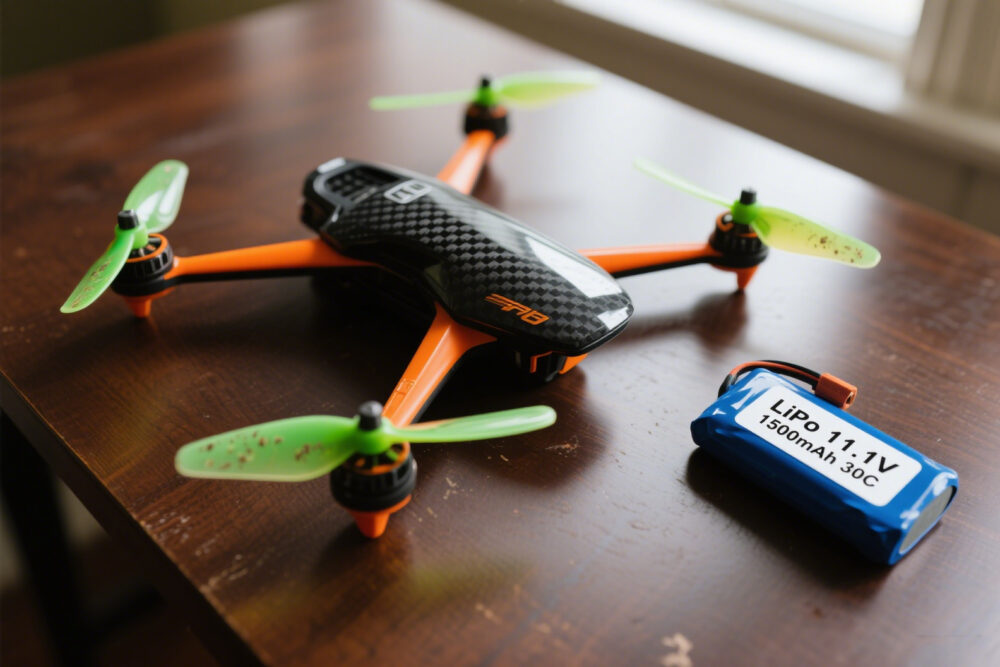
Lithium-ion batteries have higher energy density and can provide longer flight times per charge. They are often used in surveying, inspection, and other long-endurance drone tasks. They cannot release power as quickly as LiPo, so they are not suitable for drones that need strong bursts of power. For endurance tasks, Li-Ion batteries improve overall efficiency.
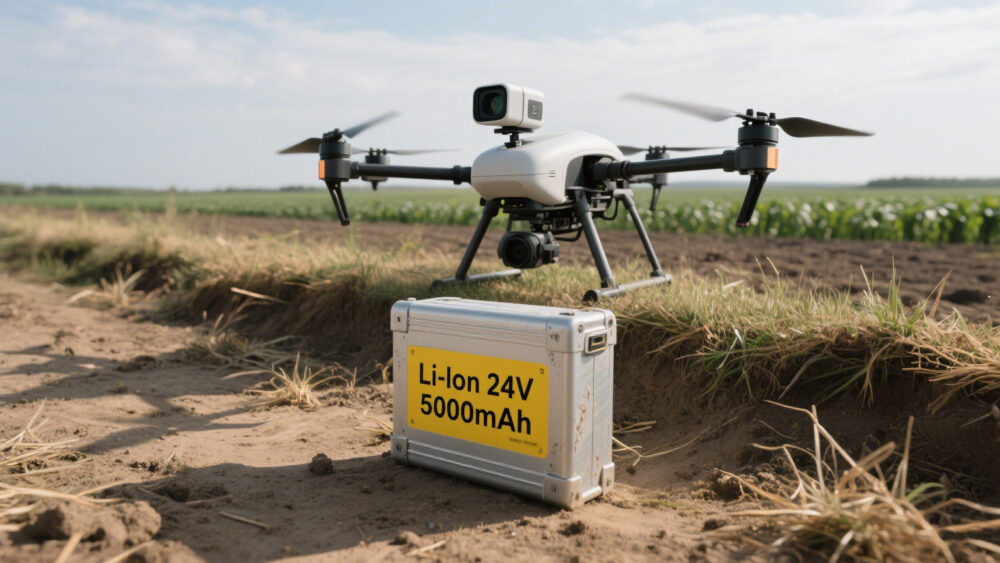
Lithium iron phosphate batteries are valued for safety and long cycle life. They are unlikely to overheat or catch fire. Industrial drones for power line inspection or fire reconnaissance often use this type of battery. Their energy density is lower than LiPo or Li-Ion, and they are heavier and bulkier, which makes them unsuitable for weight-sensitive drones.
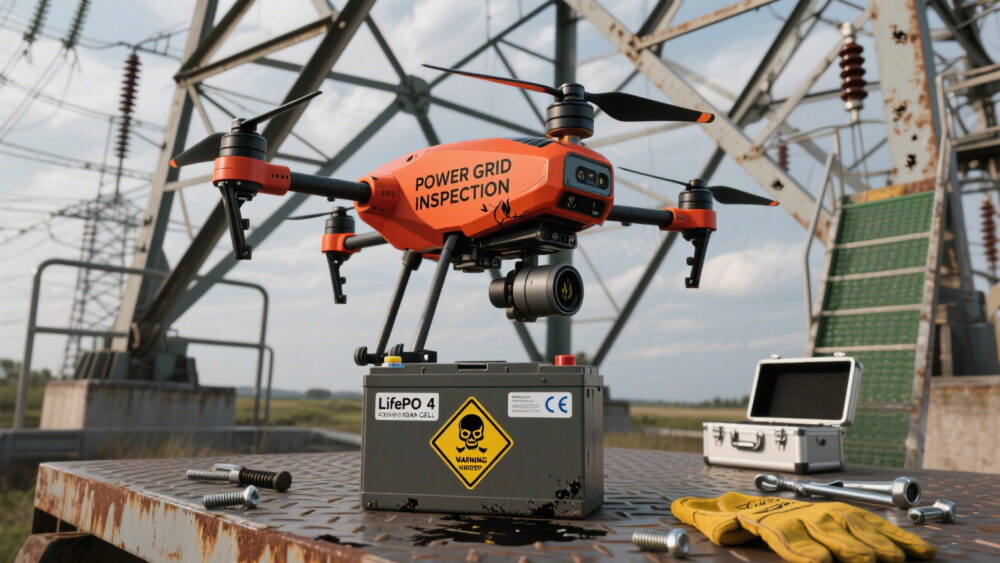
Nickel-metal hydride and nickel-cadmium batteries used to be common but are mostly phased out in drones today. NiMH is inexpensive and stable, often seen in small toy drones. NiCd is resistant to high and low temperatures and lasts a long time, but it is heavy and has low energy density, so it is rarely used in consumer drones now.
Lithium titanate batteries can charge and discharge very fast and work in cold temperatures. They are used in drones operating in high-altitude or cold areas, such as for transportation or inspections. The cost is high, so they are used in specialized applications.
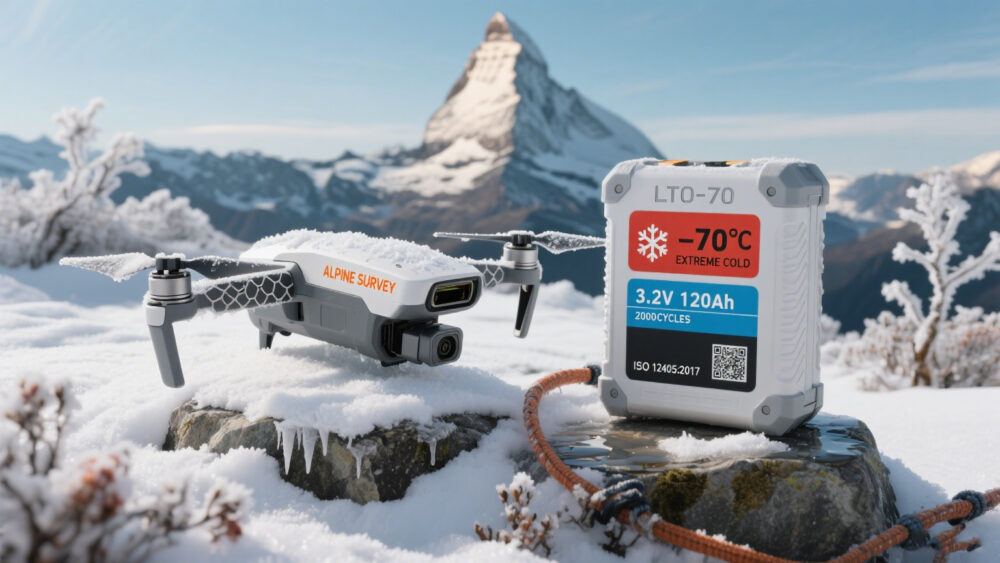
Fuel cells are being tested for long-endurance drones. They have much higher energy density than conventional lithium batteries, allowing much longer flight times. They are used in agricultural spraying, logistics, and military reconnaissance. However, they are expensive and complex, so they are still mostly in trial or experimental stages.
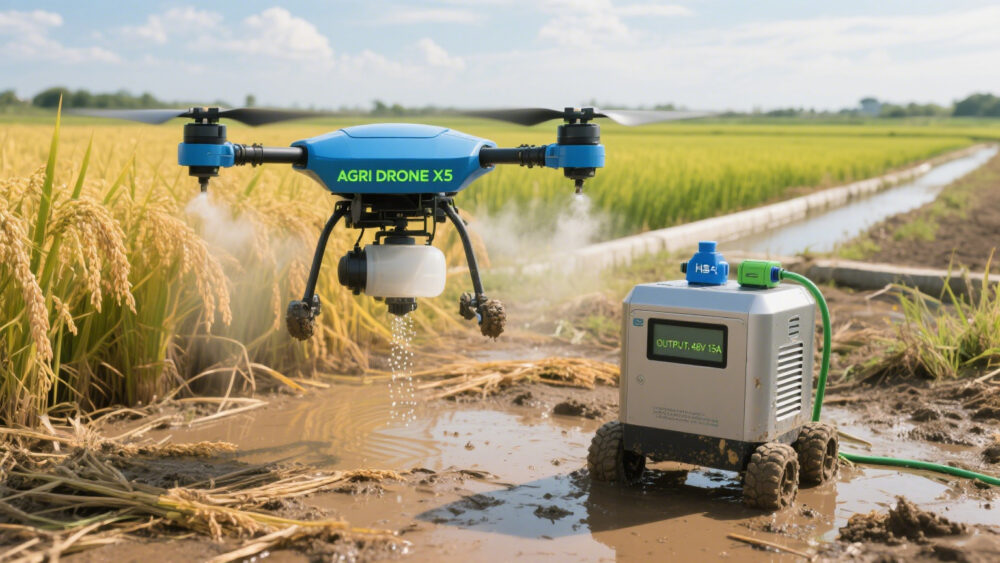
One agricultural operator used drones with LiPo batteries and got only about 20 minutes of flight time per charge, which made spraying inefficient. After switching to high-capacity Li-Ion batteries, flight time increased to over 45 minutes, which improved overall work efficiency. This shows that battery choice should depend on the mission, not just the specs on paper.
Different uav battery types have their strengths and weaknesses. LiPo suits high-performance drones, Li-Ion works for long-endurance operations, LiFePO₄ prioritizes safety and lifespan, LTO works in extreme environments, and fuel cells represent a possible future direction. Choosing the right battery requires considering the task, flight time, safety, and budget together.
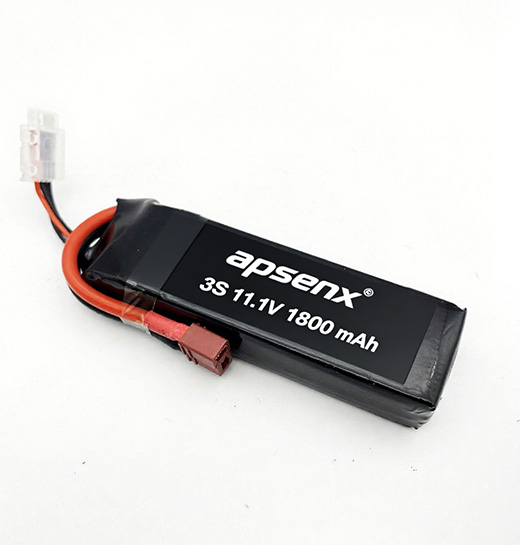
Apsenx 3S LiPo battery delivers powerful, stable energy for FPV and RC drones. Designed for advanced pilots, it balances voltage, capacity, and weight for optimal flight performance and extended runtime.
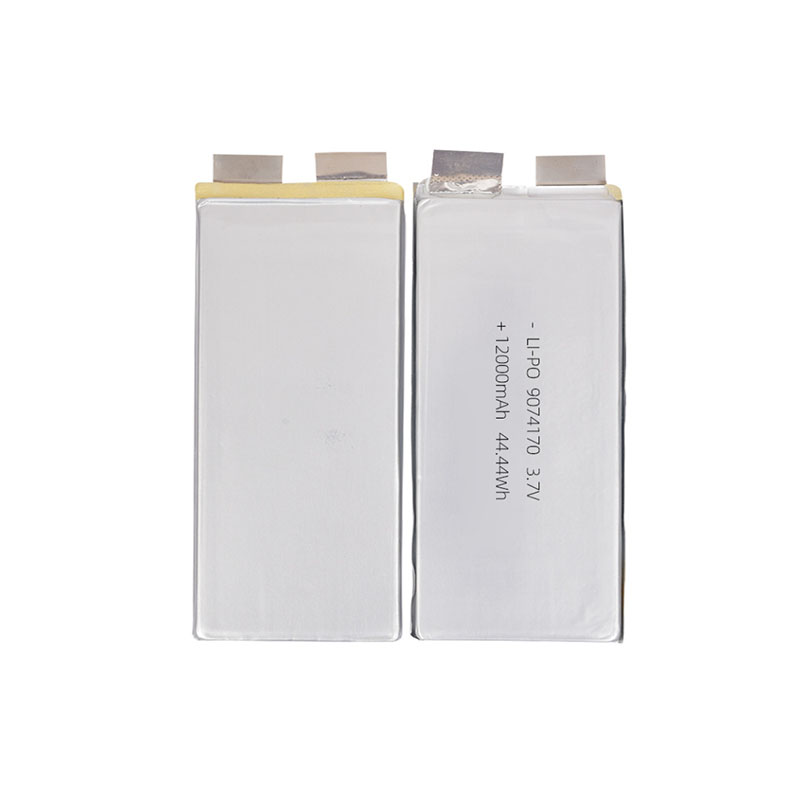
Apsen 12000mAh high-rate low-temperature UAV lithium battery with smart BMS for industrial and consumer drones. Long endurance, high discharge rate, customizable voltage, and certified global safety compliance.
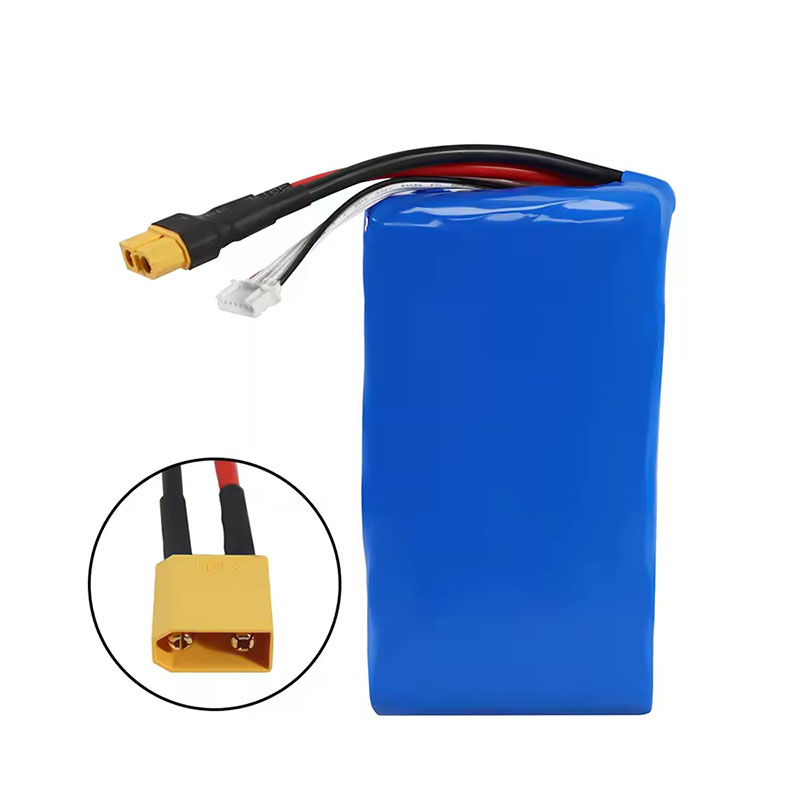
Apsen 8000mAh 21700 6S2P 22.2V 10C LiPo battery for RC aircraft, FPV drones, and industrial UAVs. High discharge rate, customizable connectors, OEM/ODM support, and certified safety compliance.
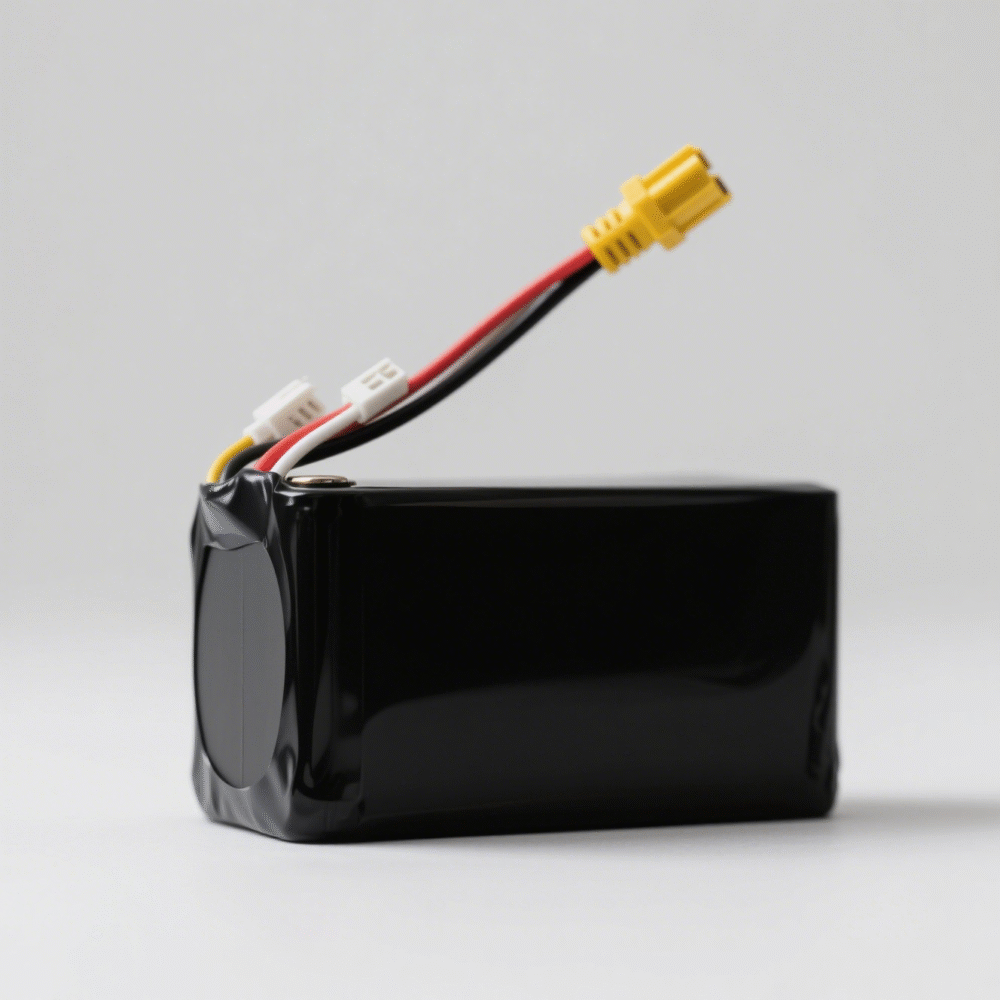
Apsenx 6S 22.2V 12000mAh LiPo battery for agricultural drones, FPV racing, and RC aircraft. Features XT90 connector, high discharge rate, long flight endurance, and full OEM customization.
how 18650 lithium batteries power laptops, flashlights, EVs, and more. Learn their advantages, limitations, care tips, and common applications in everyday life.
View detailsLearn how to design and assemble a lithium battery pack, from cell sorting and BMS welding to insulation, testing, and final packaging. A complete step-by-step guide.
View detailsLearn how to replace flashlight batteries safely and correctly. Includes battery types, step-by-step instructions, and tips for proper care and storage.
View detailsLooking for bulk 18650 batteries? Learn how to select a reliable manufacturer for custom 18650 lithium battery packs with quality assurance, OEM/ODM services, and fast delivery.
View details
HelloPlease log in